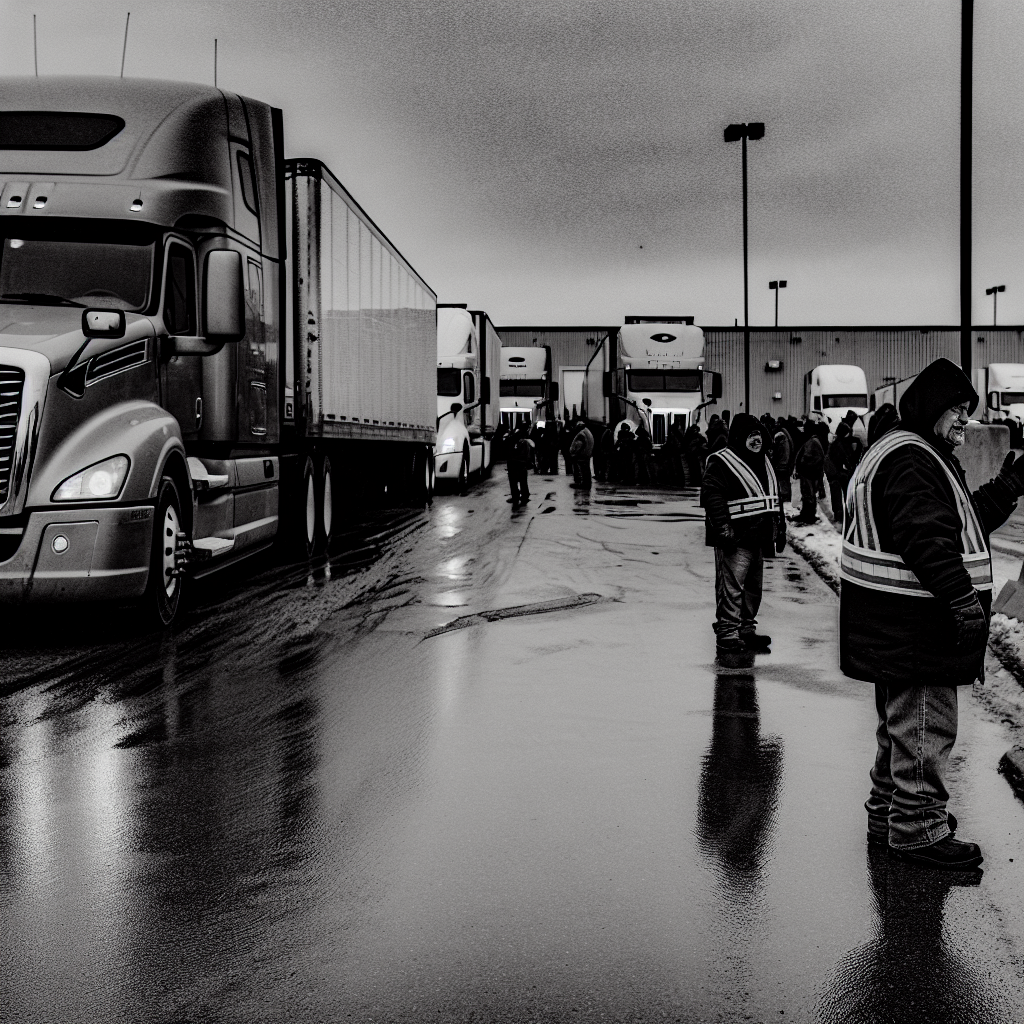Canada’s two-week shutdown of postal deliveries is giving way to rotating strikes, a shift that will restart mail and parcel flows unevenly across the country beginning Saturday, October 11, at 6 a.m. local time. The Canadian Union of Postal Workers (CUPW) says the tactic keeps pressure on management while allowing some shipments to move, after more than 55,000 employees walked out on September 25.
For carriers and shippers, the most immediate constraint is on the commercial side of the network. Canada Post has told business customers it will not accept new commercial volumes until Wednesday, October 15, as it prioritizes clearing freight already “trapped” in the system. The corporation has also suspended all parcel service guarantees and warned that rotating picket lines will create location-by-location slowdowns even where facilities reopen.
Canada Post is framing the restart as partial and fragile. In guidance to customers on Friday, the Crown corporation said the past year has seen more than 170 days of strike activity, eroding volumes and worsening finances, and urged CUPW back to the table after presenting offers on October 3. That tone matters for trucking: it signals a prolonged risk window for service variability, which typically pushes mailers to divert volume into private parcel and LTL networks.
Politically, the rotating walkouts follow a meeting this week between CUPW and the federal minister responsible for Canada Post, after Ottawa unveiled reforms that include phasing out most door‑to‑door delivery over the next decade. The union calls those changes a threat to jobs and service, but its tactical pivot means some mail and parcels will move again as talks continue.
Operational outlook for trucking and parcel networks:
– Expect a short, choppy surge. As individual Canada Post plants cycle off strike, inbound containers and trailers will unload in bursts while other sites remain picketed. That tends to create stop‑start demand for linehaul and dray moves into reopened facilities, with irregular pull‑through into last mile. (Analysis)
– Watch the October 15 gate. With new commercial postings deferred until mid‑week, many enterprise mailers will stay with private carriers through at least next weekend. LTL carriers should plan for overflow palletized parcel and returns freight as retailers chase reliability ahead of holiday ramps. (Analysis)
– Backlog before new volume. Canada Post says it will first process items already inducted in the network; customers cannot retrieve freight stuck behind a rotating strike at a facility. Plan tender windows and appointment times assuming legacy pieces get first call on capacity.
– Communicate variable ETAs by postal code. Rotating strikes will be localized and time‑bound. Carriers can minimize friction by giving shippers rolling ETA bands and by flagging “at‑risk” origin/destination pairs where pickets are likely to reappear. (Analysis)
Why it matters to U.S.–Canada cross‑border operators: When Canada Post pauses intake, American brands and 3PLs with DDP/DAP flows into Canada typically pivot to integrators or inject into Canadian parcel networks through private hubs. That reallocation tightens middle‑mile capacity on key corridors (e.g., Great Lakes and Pacific Northwest) and can crowd regional sort centers. The rotating‑strike footing will ease the total stoppage but sustain those market pressures until the backlog clears and commercial acceptance fully resumes. (Analysis)
Bottom line: The all‑stop is over, but predictability isn’t back yet. Until at least October 15, build in dwell, hold firm on guaranteed‑service exceptions, and keep contingency routings live. The union’s strategy buys negotiators time while partially restoring flow; for carriers, it’s a week to flex capacity where the lights come back on—and keep customers informed where they don’t.
Sources: FreightWaves, Reuters, Canada Post, The Canadian Press
This article was prepared exclusively for TruckStopInsider.com. Republishing is permitted only with proper credit and a link back to the original source.





